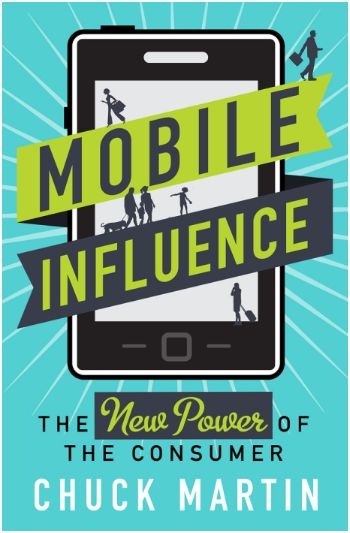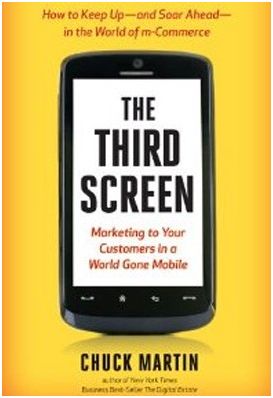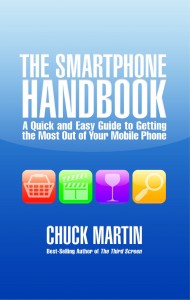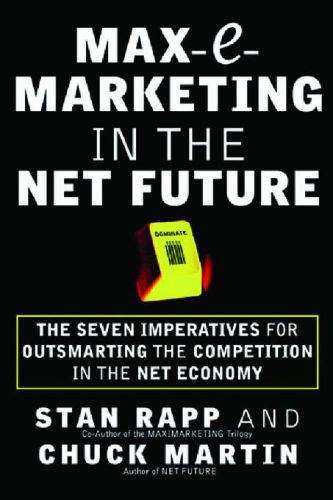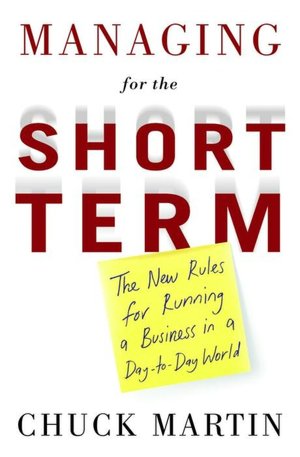 By Chuck Martin
By Chuck Martin
That mobile tap on the shoulder to check something out is quite accepted by consumers, for now.
At the moment, most smartphone owners are basically OK with notifications prompted by an app, though there could be some challenge on the horizon, based on a new study.
The research is included within a new quarterly publication called Next, just being launched by GroupM, a unit of WPP, and the first issue centers around mobility.
The publication, in the form of a new website, includes comprehensive, detailed reports, such as one naming 10 companies it sees shaping the mobile future, a 20-year forecast of the mobile world and an interactive quiz for companies and individuals to see what their mobile brand looks like.
“It’s a chance to go long-form,” GroupM Next CEO Chris Copeland told me yesterday. “The goal is to blend first-party data to paint as full a picture as we can.”
From a mobile commerce perspective, the aspect that caught my eye was the featured mobile report “A Mobile Shopping Revolution,” which includes new research conducted by GroupM Next.
The study looked at app notifications in light of the coming explosive deployment of beacons and analyzed the relationship between purchase behavior and smartphone activity.
Most consumers are somewhat accepting of those notifications they receive when opening an app, according to the GroupM Next survey of 1,000 smartphone owners.
Most smartphone owners usually or at least sometimes allow notifications when prompted by an app.
31% — Usually allow notifications
42% — Sometimes allow notifications, depending on the app
27% — Usually do not allow notifications
But not all consumers want to receive notifications all the time. Here’s why:
34% — Get too many notifications already
22% — Notifications from that app are not helpful
16% — Come at inconvenient times
14% — Too similar to text message noises/vibrations
14% — Too hard to turn off once allowed
And that’s the potential issue of the future. The top reason for declining notifications is that consumers already feel they get too many. And this is before the mass deployment of beacons in stores.
“There is a huge battleground going forward,” said Jesse Wolfersberger, director of consumer insights at GroupM Next and leader of the study. “It’s so easy for customers to turn notifications off.”
The challenge for marketers will be to deliver compelling value, such as in the form of coupons or discounts, so that consumers agree to accept notifications.
“There will be a high bar to clear for relevancy,” says Wolfersberger. “It’s not about just showing ads.”
With the coming world of beacons, the options for notifications will only increase.
“These beacons are decisions points,” says Wolfersberger, who will be participating in the in-depth discussion on beacons at the upcoming MediaPost OMMA mCommerce conference.
That split second a consumer has to decide whether or not to allow notifications from a particular app can determine if, when and how much a brand will interact with that mobile shopper.
That’s serious momentary marketing.
Beacons, targeting and all the other major issues relating to mobile commerce will be discussed at the MediaPost OMMA mCommerce conference in New York on Aug. 7. You can check out the agenda where you also can register to attend. Will I see you there?
Chuck Martin is Editor of the mCommerce Daily at MediaPost and writes the daily MobileShopTalk column. He is the author of “Mobile Influence,” “The Third Screen,” and “The Smartphone Handbook.” He is CEO of Mobile Future Institute. Chuck Martin is a frequent Mobile Keynote Speaker and Mobile Marketing Speaker internationally. He also addresses Social Media in Mobile.



